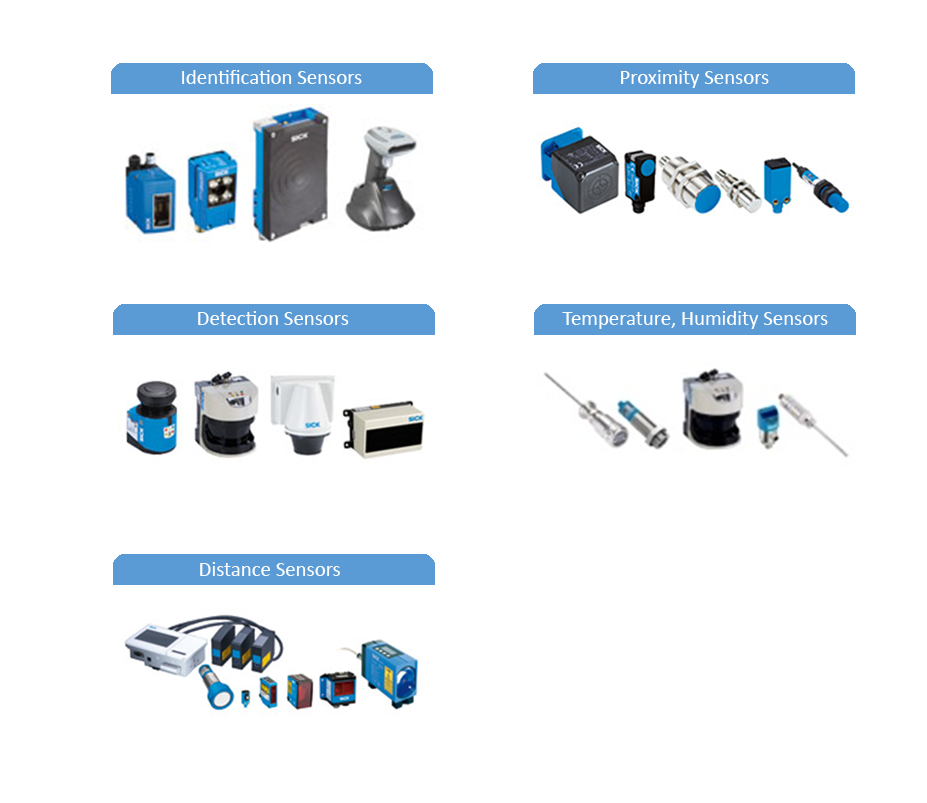Technology has always been the main differentiator in the logistics and supply chain even if it is an in-house department of any manufacturing company. By the passage of time, specialist logistics and supply chain companies or third party logistics (3PL) companies have leveraged technology in the services they have to offer, thereby significantly reducing the supply chain cost for their clients and gaining acceptance as a viable outsourced model. The early adoption of technology by these 3PL companies enabled them to create brands that have become world famous and trusted.
Technologies used by these 3PL players was primarily to manage their warehouses by standardizing processes, so warehouse management system (WMS) became the primary system that gave visibility and controlled the storage and movement of goods by ensuring that best practices were implemented on the warehouse floor.
Logistics automation further improved the efficiency in the warehouse and during the transportation of the goods. Some of the common automation system were; automated cranes, conveyors, industrial robots, wrapping and labelling machines and vehicle tracking systems. (Shown below)
A PwC report states that over the past 25 years, digital revolution has changed the way we work almost beyond recognition. Gains in operational efficiency can be credited to a more expansive use of technology that helps business run faster and more effectively. Adapting emerging technologies to drive low cost and create scalable and flexible systems will be key.
Leading logistics and supply chain companies are capitalizing on digital ecosystems that are expanding due to the confluence of social networks, mobile computing, analytics, and cloud computing (SMAC). SMAC challenges enterprises to take advantage of the positive disruptions it portends.
SMAC and other emerging technologies create the possibility for new ways to develop products that interact with customers, partners and other devices.
Companies that have the most success engaging with SMAC are rethinking their business and enterprise architectures and emphasizing three fundamental changes.
- They acknowledge that SMAC trends are the strongest signal yet that business ecosystems are becoming more digitized, where information content accounts for a rising proportion of the entire value of any product or service.
- They understand that successfully tapping the new drivers of value requires a digital operating model, a model attuned to participating in or integrating with expanding digital ecosystems.
- Successful companies are adjusting their business and enterprise architectures to allow easy digital connections.
The confluence of SMAC trends is driving this shift in business value.
Today, with internet being cost effective and software tools to create new applications becoming open source, Internet of things or IoT has gained a lot of interest as it seamlessly integrates with the SMAC trends and the new digital ecosystem. Research firm Gartner recently released a write-up highlighting what many supply chain professionals have been weighing for some time: the IoT trend is going to impact businesses, and in particular, it will disrupt the way we think about logistics. In the piece, Gartner says a thirty-fold increase in Internet-connected physical devices by the year 2020 will “significantly alter how the supply chain operates.” Specifically, it notes the impact will relate to how supply chain leaders access information, among other things.
A study by McKinsey says, now is the time for executives across all industries to structure their thoughts about the potential impact and opportunities likely to emerge from the Internet of Things. McKinsey sees six distinct types of emerging applications, which fall in two broad categories: first, information and analysis and, second, automation and control.
- Information and analysis: As the new networks link data from products, company assets, or the operating environment, they will generate better information and analysis, which can enhance decision making significantly. Some organizations are starting to deploy these applications in targeted areas, while more radical and demanding uses are still in the conceptual or experimental stages.
- Tracking behavior
- Enhanced situational awareness
- Sensor-driven decision analytics
- Automation and control: Making data the basis for automation and control means converting the data and analysis collected through the Internet of Things into instructions that feedback through the network to actuators that in turn modify processes. Closing the loop from data to automated applications can raise productivity, as systems that adjust automatically to complex situations make many human interventions unnecessary. Early adopters are ushering in relatively basic applications that provide a fairly immediate payoff. Advanced automated systems will be adopted by organizations as these technologies develop further.
- Process optimization
- Optimized resource consumption
- Complex autonomous system
From the manufacturer to the end user, the Internet of Things means richer data and deeper intelligence for all parties in a supply network. And that doesn’t just apply to product visibility. By allowing devices to “talk to each other” in the right way, IoT can help supply chain professionals:
- Reduce asset loss.
- Save fuel costs.
Ensure temperature stability. - Manage warehouse stock.
- Gain user insight. Embedded sensors provide visibility into customer behavior and product usage.
- Create fleet efficiencies. Reduce redundancies.
- Ensure just in time movement and right quantity from the supplier or the manufacturing plant.
Below are samples of IoT enabled sensors that are used in logistics and supply chain.

In India, there are companies manufacturing IoT sensors for specific requirements, the most common usage can be seen with the vehicle tracking systems (VTS), where VTS service providers are including sensors for detecting door openings, for monitoring the temperature of goods and for monitoring fuel level.
There is definitely a need for competent IoT system integrators. As logistics and supply chain companies starts exploring the use of IoT in their businesses the need will only increase.
As per the McKinsey report, Internet of Things has great promise, yet business, policy, and technical challenges must be tackled before these systems are widely embraced. Early adopters will need to prove that the new sensor-driven business models create superior value.
Industry groups and government regulators should study rules on data privacy and data security, particularly for uses that touch on sensitive consumer information.
On the technology side, the cost of sensors and actuators must fall to levels that will spark widespread use. Networking technologies and the standards that support them must evolve to the point where data can flow freely among sensors, computers, and actuators. Software to aggregate and analyze data, as well as graphic display techniques, must improve to the point where huge volumes of data can be absorbed by human decision makers or synthesized to guide automated systems more appropriately.
AUTHOR

As an ICT professional with business acumen, Roy has over two decades of experience in strategizing & managing technology road-maps for multinational & Indian companies. He is currently the business head for Planet NEXTgen Technologies. Throughout his career, Roy has been instrumental in adopting & implementing innovative technologies that suit business requirements, especially for interconnecting various elements within the overall business ecosystem. He has a passion for developing software products that solve business problems. He is also a noted speaker and panellist at various industry forums.

